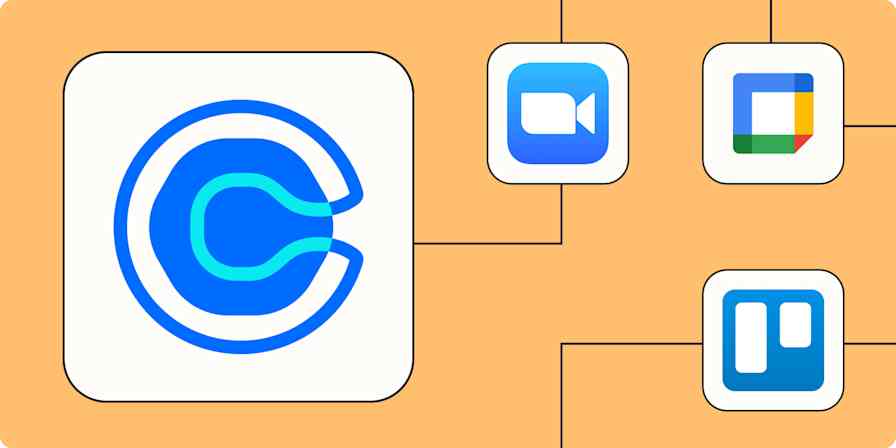App comparisons
8 min readMicrosoft Bookings vs Calendly: Which is the best meeting scheduler?
By Ryan Kane · March 18, 2024

Get productivity tips delivered straight to your inbox
We’ll email you 1-3 times per week—and never share your information.
mentioned apps
Related articles
Improve your productivity automatically. Use Zapier to get your apps working together.








